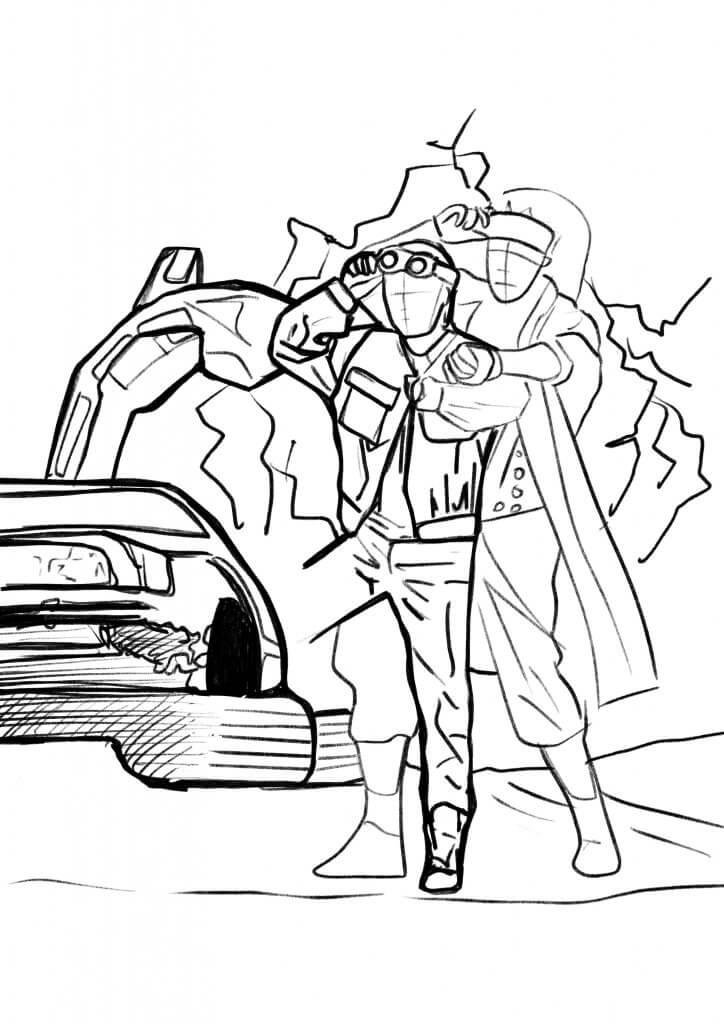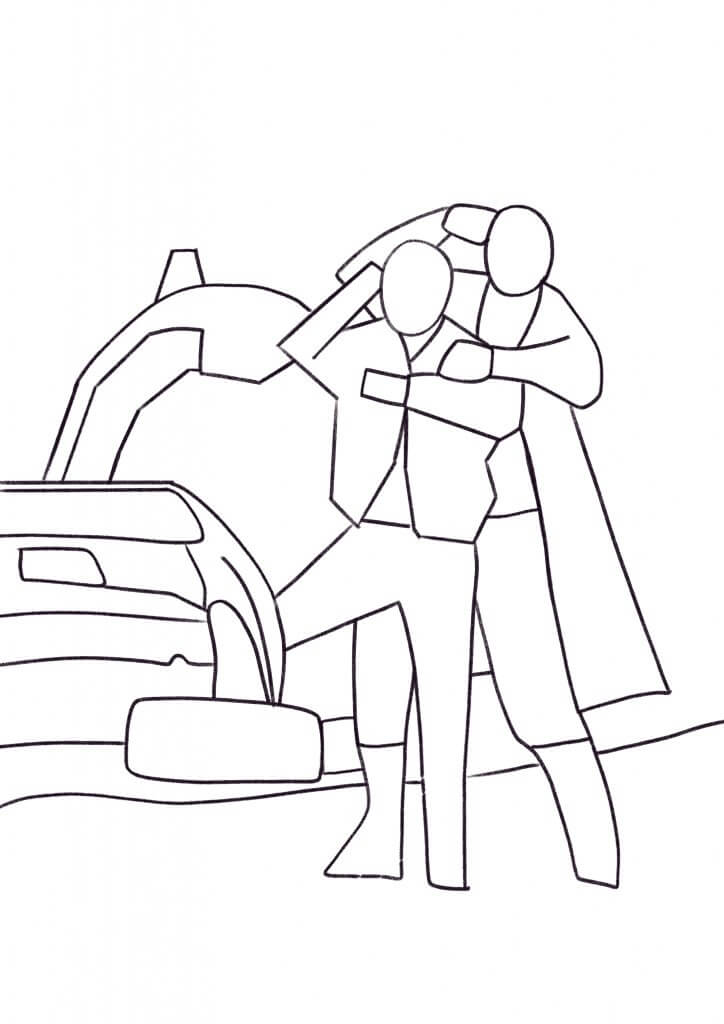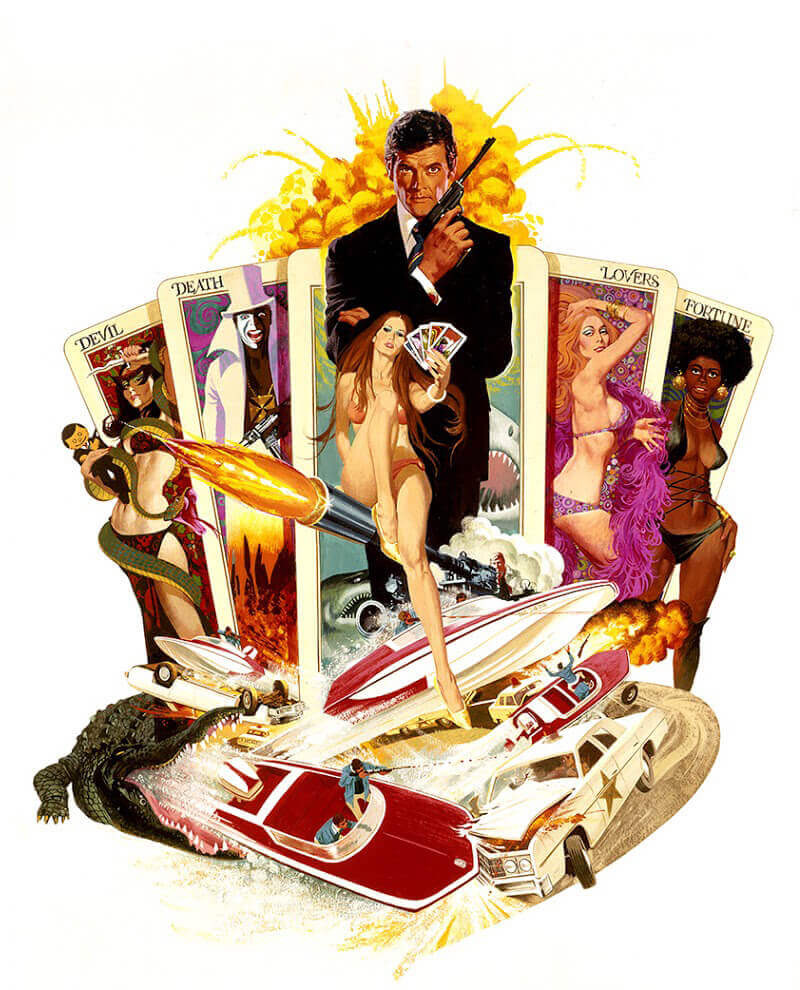This exercise I believe was to understand structure and layout to create interesting composition.
I found two illustrations and broke them down into their simple shapes. One was the live and let die poster by Robert E McGinnis and the other was Drew Struzan’s Back to the future 2 artwork, I liked the way that Robert E McGinnis included the key characters and events within the scene, classic looking montage of action and interesting characters, they rarely do this on film posters anymore. The Back to the future cover has great contrast and is an update of the original poster, this includes both characters looking at their watches standing next to the Delorean time machine, only the bare essentials of the car haven been included, the rest obscured by light offering great contrast for the main characters.




The key to this exercise was to simplify the structure, it was very revealing as to what basic forms and shapes were used.
I then simplified it further trying to keep the essence of the original intact. The second one I’d say, only I knew what was there, when showing others the art direction it definitely would need to be simple yet descriptive, the person commissioning the work wouldn’t necessarily have the same degree of vision to see what I had drawn, that would be the difference between getting a job or losing one.
After doing this exercise I can see the choices both Illustrators made, I have made notes on the images below.

After Simplifying the image above I noticed these points:
- The Image is made up of 2 parts
- The car only includes as much detail as it needs, the back of the car is not included
- The bottom of the car runs in line with the ascending horizon line
- The structure is very simple, as a result the hierarchy of the images is dictated by colour and contrast
- The negative space at the top makes up a diagonal space

After simplifying this image I noticed;
- The image is in 3 distinct parts the main figure breaks up the main Fan shape
- The bottom third section is made from 2 opposing diagonals
- The secondary figures all sit in there own spaces only slightly breaking their boundaries
